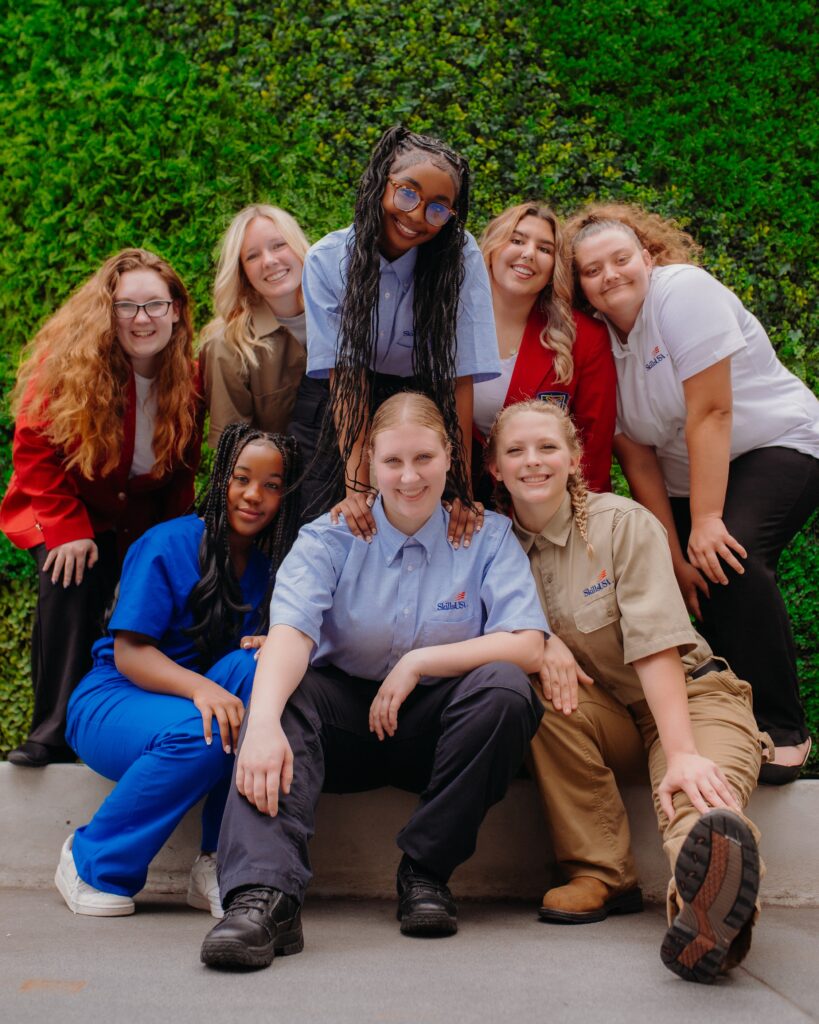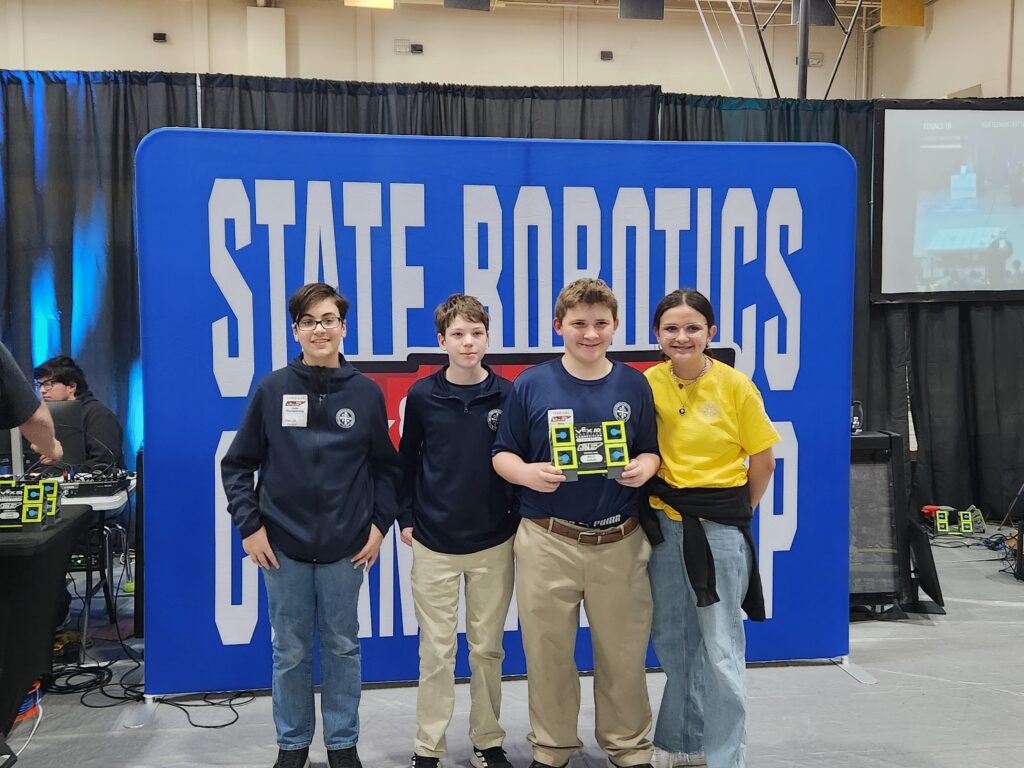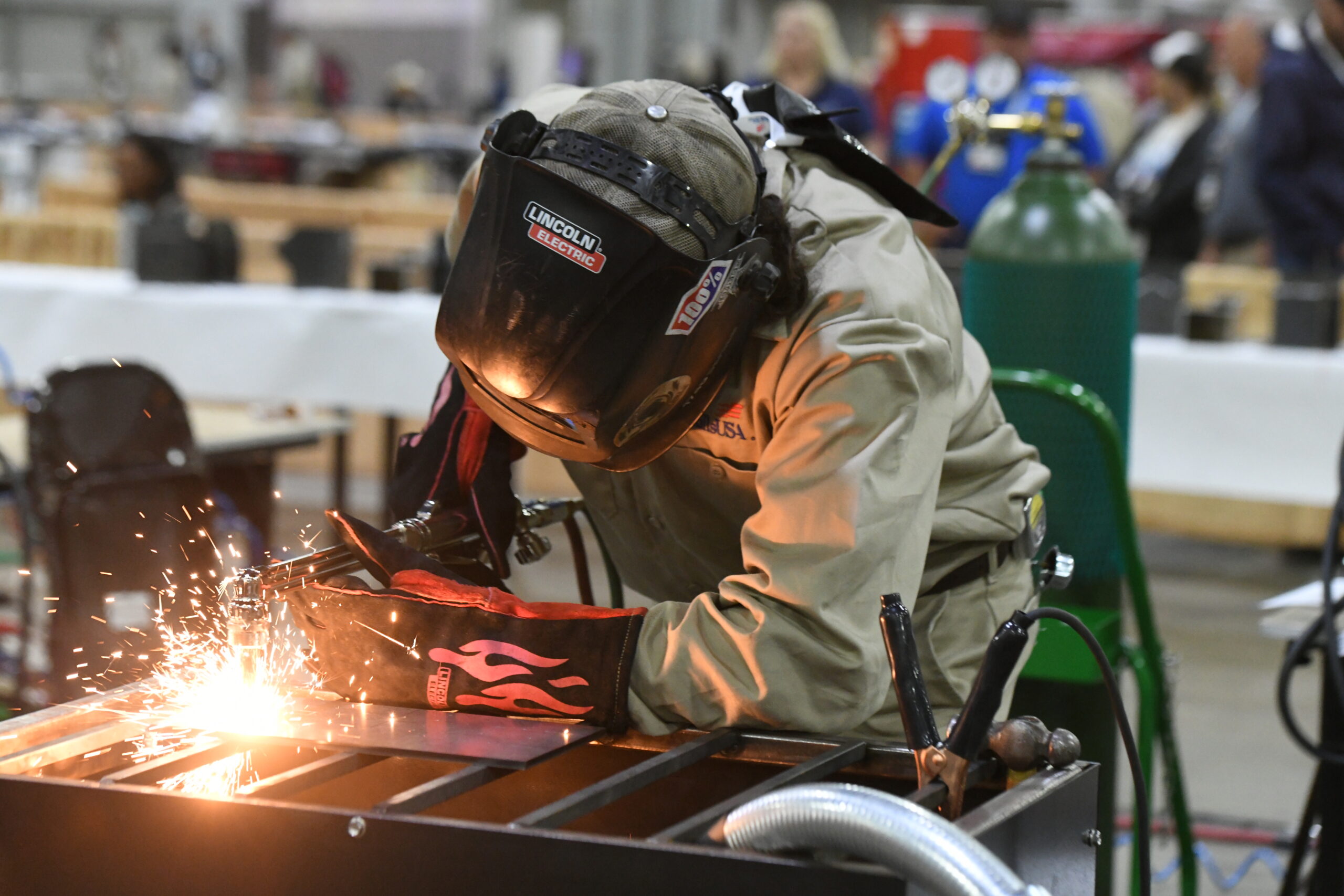To envision the future of manufacturing, we must first understand its past and examine the rapidly evolving present. The word “manufacturing” still conjures outdated images of greasy factory floors and backbreaking labor for many people. However, the reality of modern manufacturing couldn’t be more different. Today’s factories are cleaner, smarter, and more innovative than ever—transformed by Industry 4.0 technologies, automation, and advanced robotics. Looking ahead, manufacturing jobs won’t just require physical strength—they will demand problem-solving abilities, adaptability, and technical expertise.
As a 20+ year veteran of the manufacturing community and part of a fifth-generation family business that produces springs and wire forms, I have witnessed firsthand how automation has improved both equipment and manufacturing techniques. We’ve consistently looked for ways to increase production speed, improve quality, and reduce the need for manual part handling. Automation has enabled processes that once required five separate workstations to be completed in a single streamlined step.
At the same time, these technological advancements have created a growing need for a more highly educated and technically skilled workforce. CNC machining, complex geometries, and the integration of multiple advanced systems are pushing the next generation of manufacturing professionals to work smarter. As a mentor who has spent the past four years teaching VEX IQ robotics to elementary and middle school students, I’ve seen how early exposure to engineering, coding, and teamwork can shape future professionals. This June, I’ll have the privilege of working with SkillsUSA, an organization helping to build a better manufacturing workforce. During the National Championships in Atlanta, we will observe thousands of students demonstrating exactly the kinds of technical and professional skills that will define manufacturing’s future.
Breaking the “Dirty, Dangerous, Dull” Stereotype
The persistent perception of manufacturing as a gritty, low-skilled industry no longer reflects reality. Modern manufacturing facilities have become increasingly automated, digitized, and often climate-controlled. Today’s manufacturing workers are more likely to interact with touchscreen interfaces than grease-covered machinery.
Several technological advancements have driven this transformation:
- Smart factories now utilize IoT sensors and AI to continuously monitor equipment, reducing the need for manual inspections.
- Collaborative robots (cobots) handle dangerous tasks, keeping human workers safe from hazardous conditions.
- Additive manufacturing (3D printing) eliminates many of the messy machining processes traditionally associated with production.
Despite these advancements, many young people continue to overlook manufacturing careers. This is where programs like SkillsUSA play a vital role. By showcasing the exciting, high-tech nature of modern manufacturing through hands-on competitions, they help change perceptions and inspire the next generation of skilled workers.
Essential Skills for Tomorrow’s Manufacturing Workforce
The shift toward high-tech manufacturing means workers will need an entirely new set of competencies. Traditional vocational training alone will no longer suffice. The most in-demand skills include:
Technical Literacy and Hands-On Competence
Tomorrow’s manufacturing workers must be comfortable with digital tools ranging from CNC machine programming to robotic arm troubleshooting. Programs like VEX robotics and SkillsUSA competitions are invaluable because they teach practical skills that directly translate to modern manufacturing environments.
Critical Thinking and Problem-Solving
When production lines encounter issues in smart factories, workers won’t simply turn a wrench—they’ll need to analyze data logs, diagnose software problems, and implement technical solutions. Students participating in robotics competitions and SkillsUSA events develop these critical thinking skills daily.
Collaboration and Communication
Modern manufacturing is a team effort. Engineers, technicians, and data analysts must work together seamlessly. In both robotics competitions and SkillsUSA events, students learn to delegate tasks effectively, listen to teammates, and clearly present their solutions—skills that translate directly to the factory floor.
Addressing the Skills Gap and Middle-Skill Shortage
The most pressing challenge facing modern manufacturing is the middle-skill gap—jobs that require more than a high school diploma but less than a four-year degree. Roles such as CNC operators, maintenance technicians, and robotics programmers are in high demand but hard to fill. This gap underscores the urgent need for expanded technical education, apprenticeships, and industry partnerships.
Community colleges, trade schools, and certification programs must align more closely with employer needs, offering microcredentials and stackable certifications. Equally important is integrating soft skills training—such as communication, adaptability, and problem-solving—into technical education pathways. These interpersonal skills are just as vital on the smart factory floor.
Globalization and the Manufacturing Talent Pool
The future of manufacturing will also be increasingly global. Remote monitoring, real-time diagnostics, and digital twins allow teams to work across continents. This globalization demands new skills from workers, including digital collaboration, cultural awareness, and multilingual communication.
U.S. manufacturers must prepare their workforce not just to compete domestically, but to operate in an international ecosystem. This includes understanding global supply chains, sustainability standards, and trade regulations. The workforce of the future must be globally fluent as well as technically adept.
Sustainability and the Rise of Green Manufacturing
Sustainability is becoming a central pillar of manufacturing strategy. As companies aim for net-zero emissions and circular production models, a new class of manufacturing roles is emerging. These include sustainability engineers, carbon footprint analysts, and technicians trained in eco-efficient practices.
Green manufacturing will require workers to be fluent in life cycle analysis, waste minimization, and energy efficiency. This shift presents a huge opportunity to attract purpose-driven young talent interested in contributing to environmental progress through meaningful careers in industry.
The Role of AI in Decision-Making
Artificial intelligence is set to reshape not just physical processes but also operational decision-making. From predictive maintenance to real-time quality control, AI will augment human roles rather than replace them. Workers will need data literacy—the ability to interpret dashboards, troubleshoot anomalies, and make informed decisions based on AI-generated insights.
This means tomorrow’s workers must be comfortable navigating software environments, reading analytics, and providing the human judgment AI lacks. Training in data interpretation will become a core competency alongside hands-on technical skills.
Building the Talent Pipeline Through SkillsUSA
As I prepare to judge at SkillsUSA Nationals, I am reminded of how critical such programs are for workforce development. SkillsUSA stands out by developing well-rounded professionals with an emphasis on:
- Leadership development
- Workplace readiness
- Industry-standard technical competencies
These are precisely the qualities that will help workers thrive in the evolving manufacturing landscape. The students competing this June in Atlanta represent the future of our industry—young professionals who understand both the technical and interpersonal aspects of modern manufacturing careers.
Automation’s Transformational Impact
While robots will certainly replace some manual tasks, they will also create new opportunities. The ATM analogy is apt—automated teller machines didn’t eliminate bank tellers but instead changed their roles. Similarly, manufacturing automation is shifting jobs toward higher-value work rather than eliminating them entirely.
The key challenge lies in reskilling. Workers who once operated machinery must now learn how to program and maintain it. This transition makes initiatives like SkillsUSA, workforce training programs, and STEM education more important than ever, providing essential pathways for workers to enter new roles.
Cultivating the Next Generation of Makers
Building a robust talent pipeline requires early inspiration. Programs like VEX Robotics, FIRST LEGO League, SkillsUSA, and local maker spaces offer students hands-on experience with the technologies shaping modern manufacturing.
In my own teaching, I’ve seen shy middle schoolers blossom into confident presenters capable of explaining complex robot designs to judges. At SkillsUSA events, I’ve seen students demonstrate professional-level competencies in everything from robotics to precision machining. These students aren’t just playing with toys—they’re developing the problem-solving mindset that tomorrow’s factories will desperately need.
Preparing for a Bright Future
The manufacturing workforce continues to evolve rapidly. The jobs of the future promise to be cleaner, smarter, and more rewarding than ever. However, realizing this potential requires concerted effort:
- Dispel outdated stereotypes about manufacturing careers
- Invest in programs like SkillsUSA that foster both technical and professional skills
- Support STEM initiatives such as VEX and FIRST LEGO League to spark early interest
- Expand and enhance reskilling opportunities for the current workforce
- Embrace sustainability and global competencies as core workforce values
The students I mentor in VEX and those I’ll evaluate at SkillsUSA Nationals represent manufacturing’s future leaders—the engineers, technicians, and innovators who will drive the industry forward. By providing them with the right tools—both technical and professional—we can ensure they not only adapt to the changing industry but lead it into a bold new era of innovation and opportunity.













